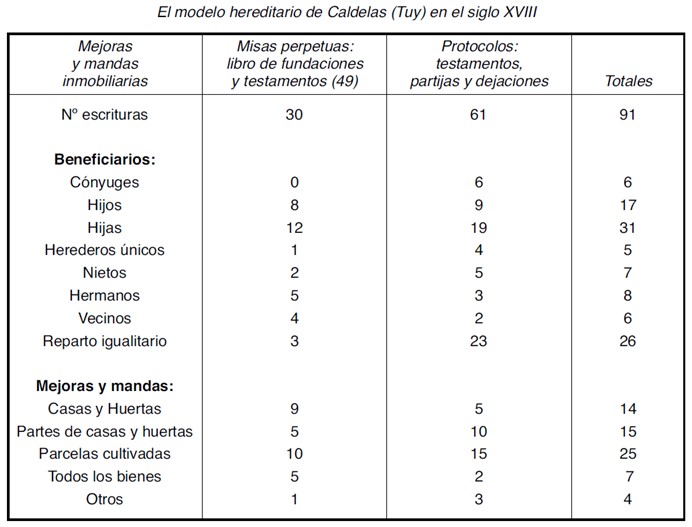An analysis of the wealth and income of the twenty-four members of the Jerez de la Frontera town council in the 18th century shows the divergence between the great patrimonial wealth of this social group and the real income they received, which was much lower than what would be expected for the main power group in the city. This imbalance can be explained by the indirect and intensive exploitation of their rural properties, which were subject to continuous leasing and from which they obtained large economic returns.
If we analyse the properties of this power group (1.1% of the taxpayers in the municipality) according to their economic profile, we discover that their economic base is based on their control of the land, with no less than 24.15% of all the land in Jerez in their possession, highlighting and underlining their social relevance.
Collection: Statistics
Project: 3. Rural world and urban world in the formation of the European identity., 4. Family, daily life and social inequality in Europe., 5. Power and powers in the history of Europe: oligarchies, political participation and democracy.
Chronology: XVIII
Scope: Secondary Education, Baccalaureate, University, Postgraduate
Link: https://revistas.usal.es/index.php/Studia_Historica/article/view/4779
Resource type: Statistics
Format: Table
Source: González, J. M. (1997). "Riqueza patrimonial y rentas de los veinticuatros de Jerez de la Frontera", en Studia historica. Historia moderna, nº 17, p. 247.
Language: Spanish
Date: 1997
Owner: Roberto José Alcalde López (Modernalia)
Copyright: ©Studia historica. Historia moderna ©Jesús Manuel González Beltrán
Abstract: The economic relationship of the "veinticuatros" in Jerez de la Frontera during the 18th century and their relationship with the city's economy
Tags







